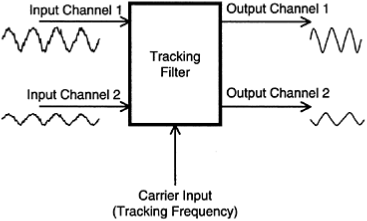SKEDSOFT
Passive Filters and Active Filters
Passive analog filters employ analog circuits containing passive elements such as resistors and capacitors (and sometimes inductors) only.
An external power source is not needed in a passive filter. Active analog filters employ active elements and components such as transistors and operational amplifiers in addition to passive elements.
Since external power is needed for the operation of the active elements and components, an active filter is characterized by the need of an external power supply.
Active filters are widely available in a monolithic integrated-circuit (IC) package and are usually preferred over passive filters.
Advantages:
Advantages of active filters include the following:
1. Loading effects and interaction with other components are negligible because active filters can provide a very high input impedance and a very low output impedance.
2. They can be used with low signal levels because both signal amplification and filtering can be provided by the same active circuit.
3. They are widely available in a low-cost and compact integrated-circuit form.
4. They can be easily integrated with digital devices.
5. They are less susceptible to noise from electromagnetic interference.
Disadvantages:
Commonly mentioned disadvantages of active filters are the following:
1. They need an external power supply.
2. They are susceptible to “saturation” type nonlinearity at high signal levels.
3. They can introduce many types of internal noise and unmodeled signal errors (offset, bias signals, etc.).
